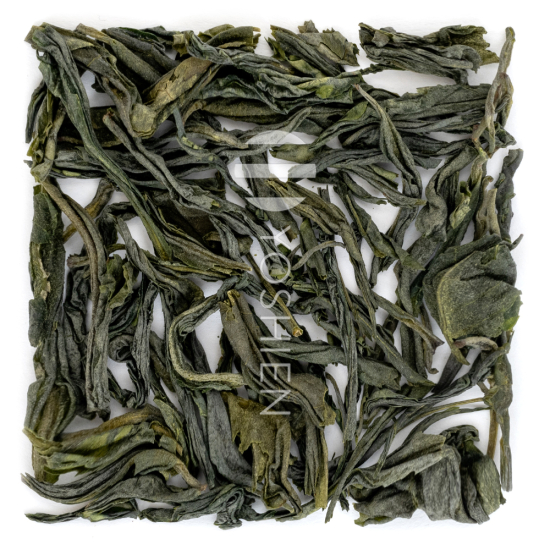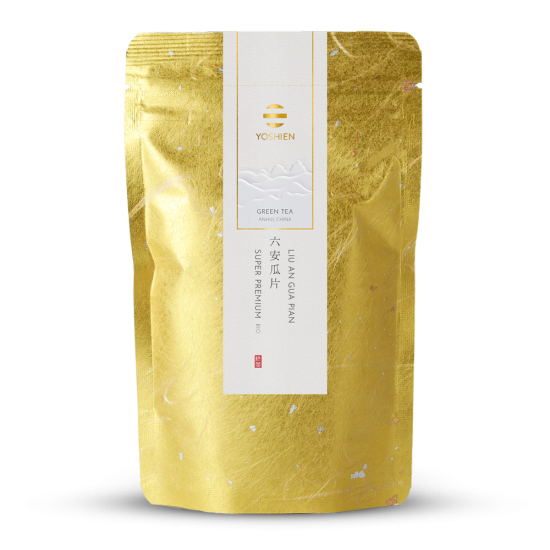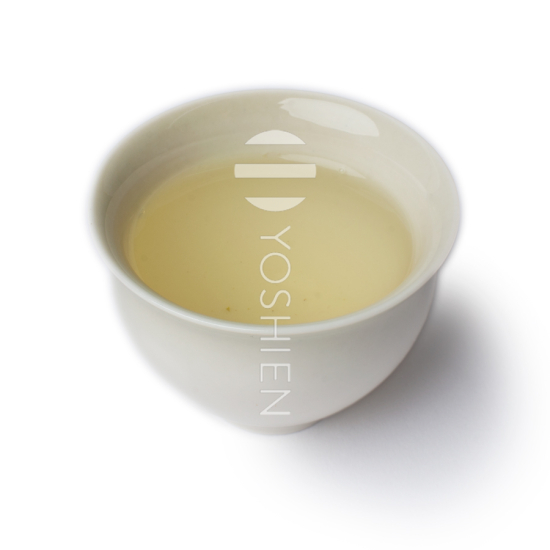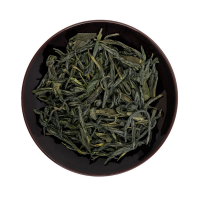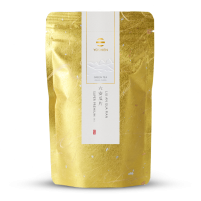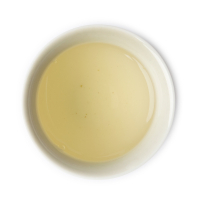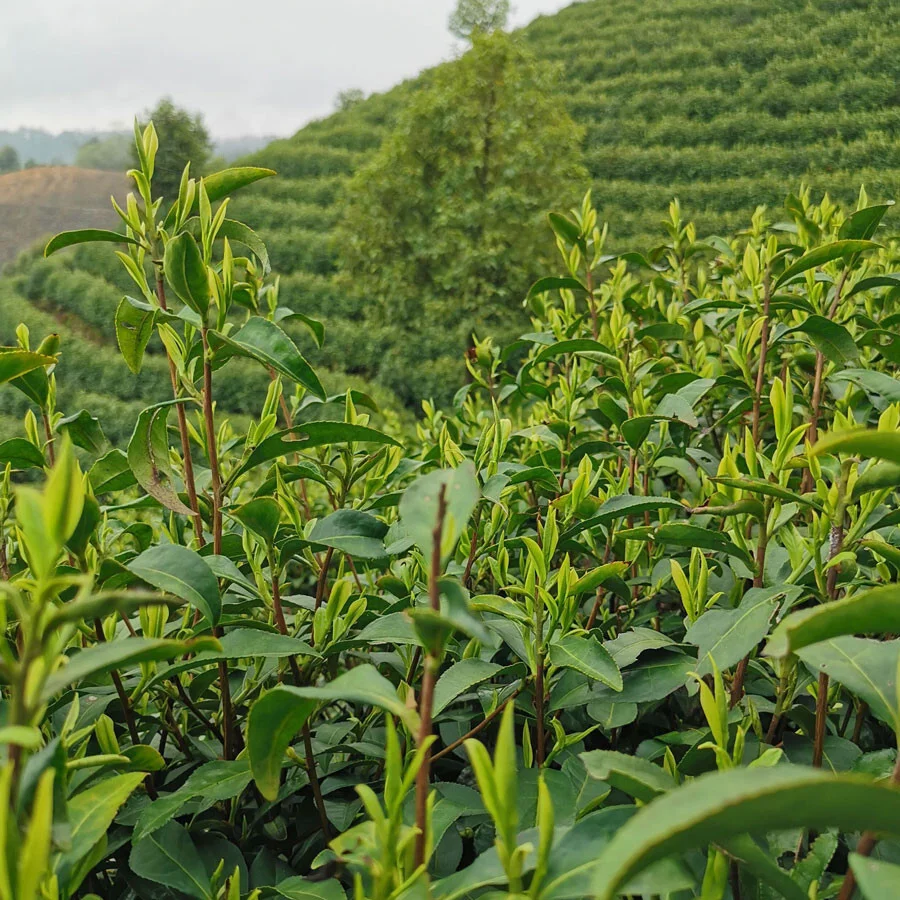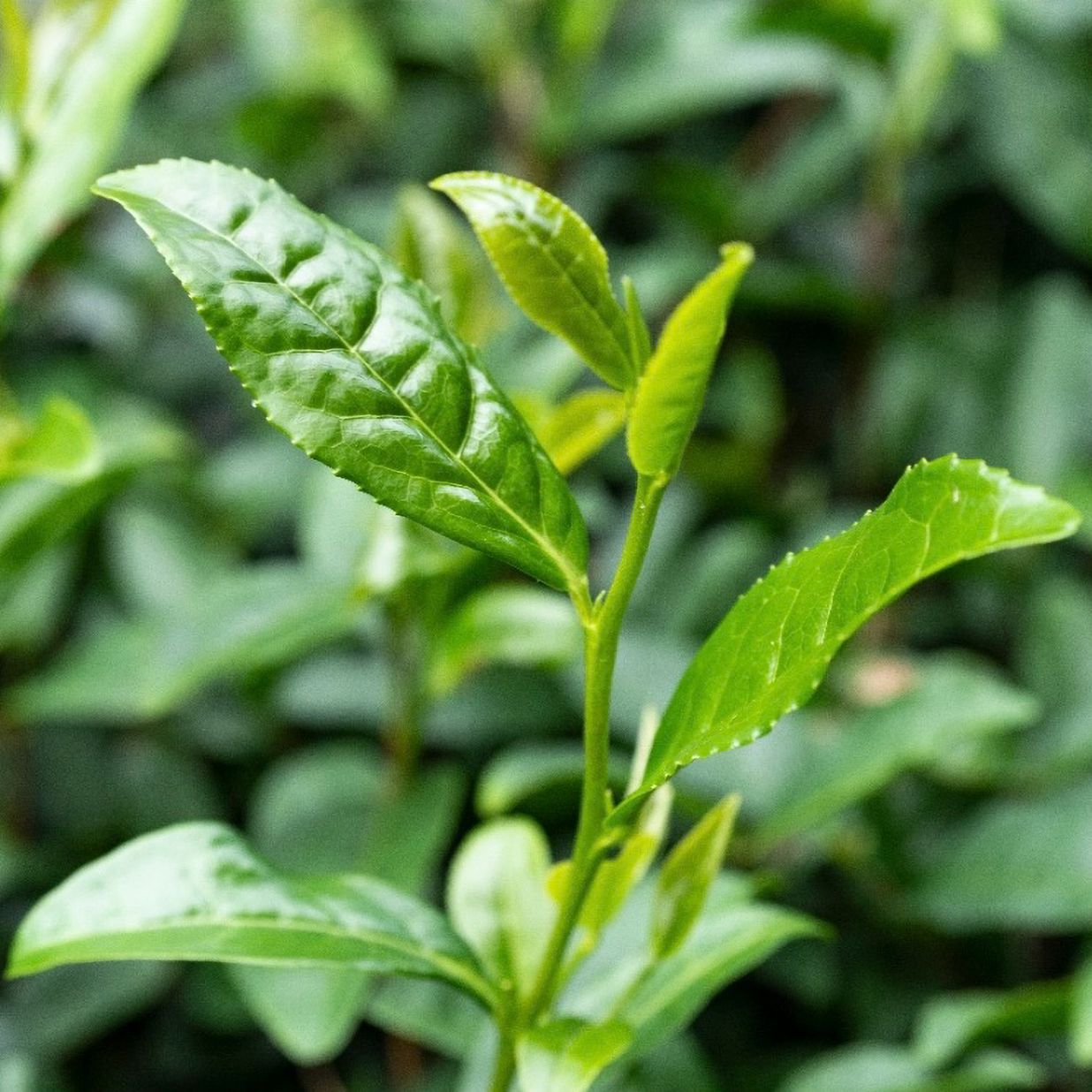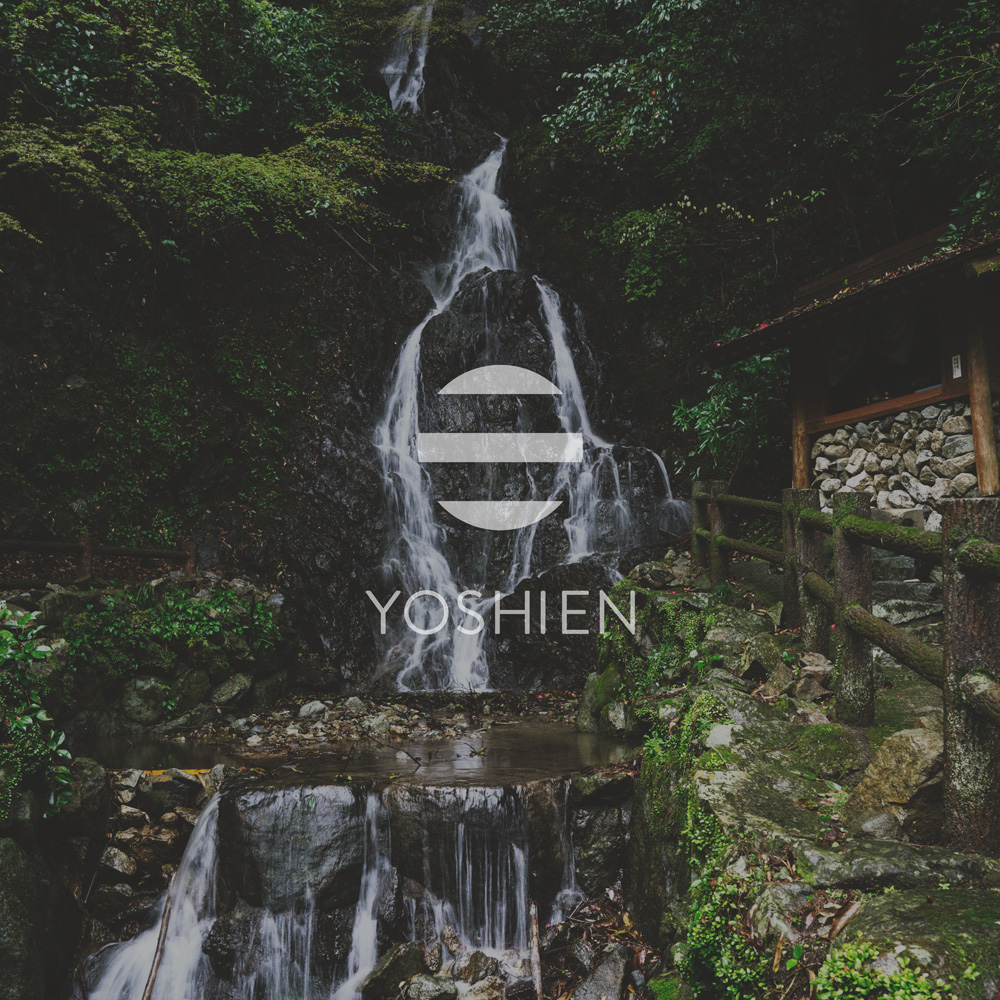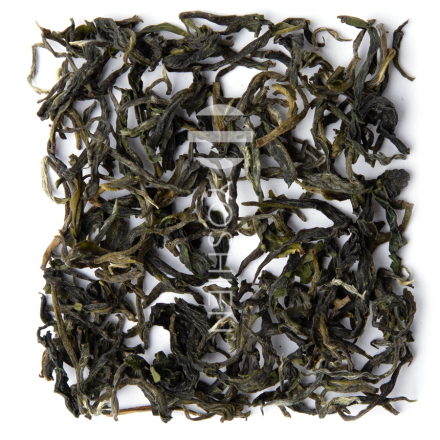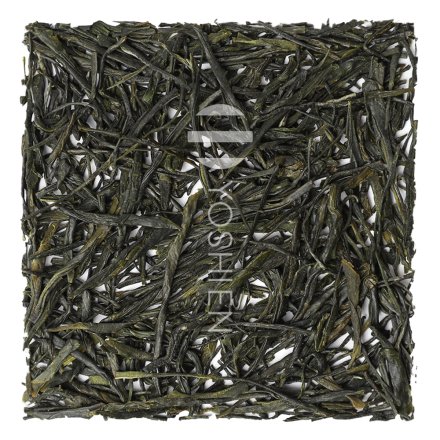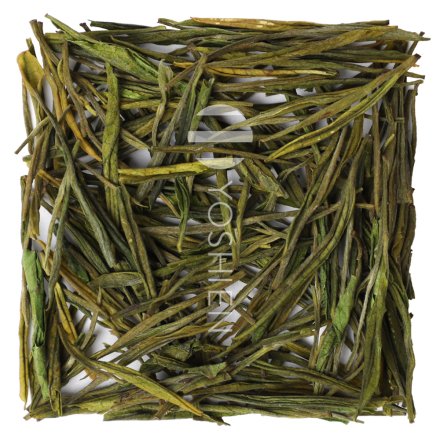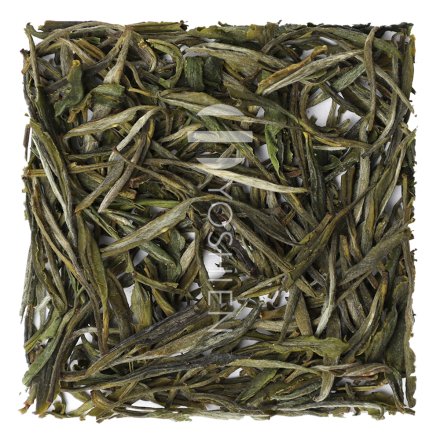Special features in location, cultivation and processing
Liu An Gua Pian stands apart from other Chinese green teas due to two unique aspects of production, the first of which concerns the harvest selection. Unlike most green teas, which prioritise the youngest uppermost leaves and buds, Liu An Gua Pian is made exclusively from the second young leaves of the tea plant. The top bud and the first leaf are deliberately left unharvested. This has an immense impact on the tea’s flavour: by using slightly older leaves, the tea develops a deep, full-bodied character with a signature bitterness highly prized by enthusiasts. The rolling process further differentiates Liu An Gua Pian from other green teas: instead of simply rolling the leaves, they undergo an intensive twisting process, evident in the unique texture of the dry leaves. This vigorous treatment contributes to the tea’s complex flavour profile and rich mouthfeel.
Organic Certification

PL-EKO-01
Nicht-EU-Landwirtschaft



